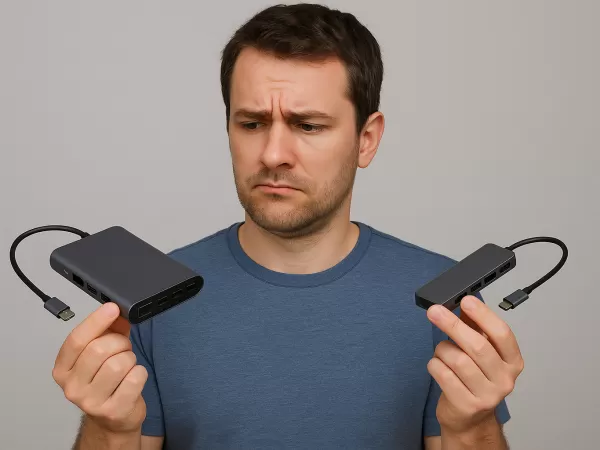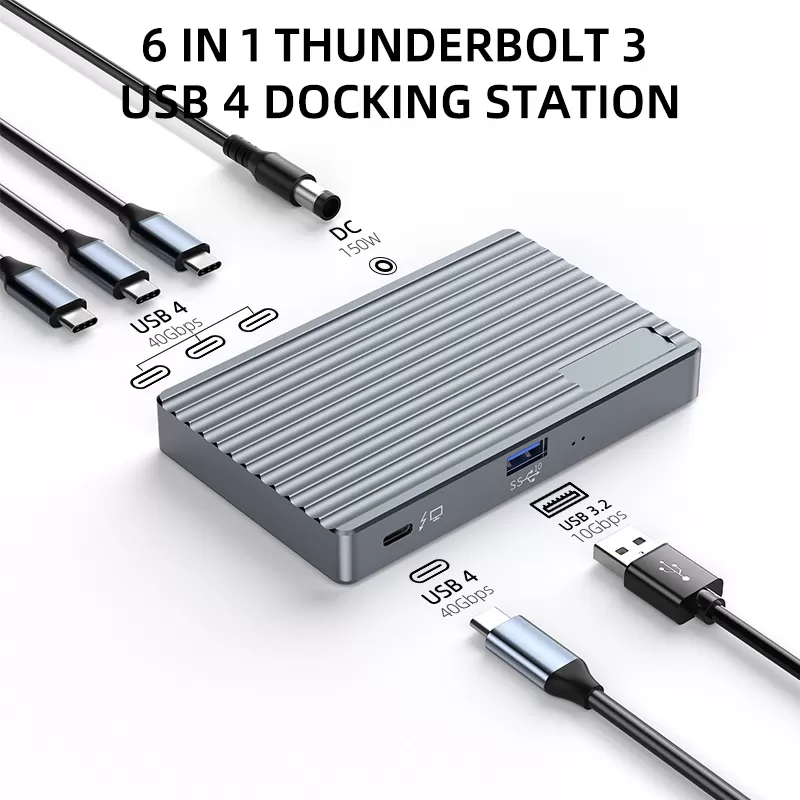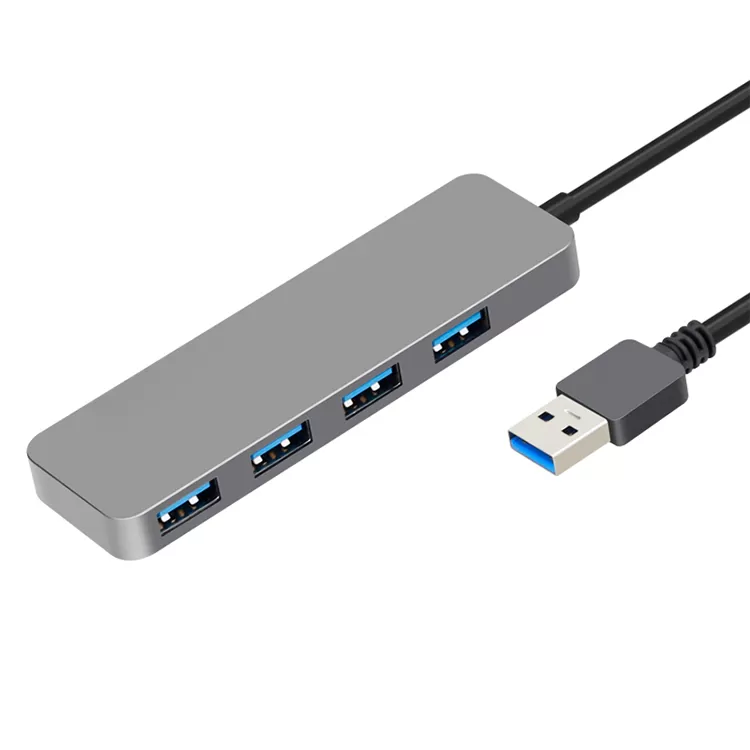Docking Stations vs. USB Hubs: Similar Functions, Different Roles in the Digital World

In today’s digital age, one of the most common challenges we face is the lack of available ports on our devices. Whether it’s a laptop, tablet, or smartphone, limited connectivity often restricts what we can do. That’s where docking stations and USB hubs come in—two essential accessories that expand your device’s capabilities. While they may appear similar at first glance, their functions and applications differ in important ways.
Docking Station: The All-in-One Digital Hub
A docking station acts as a comprehensive expansion solution. Typically connected via a primary interface such as USB-C or Thunderbolt, it offers a wide range of ports including USB-A, HDMI, DisplayPort, Ethernet, SD card readers, and more.
The strength of a docking station lies in its versatility and compatibility. It enables users to:
Connect external monitors for multitasking
Transfer data at high speed
Access wired internet
Read and write memory cards
For professionals and creators who rely on multiple peripherals, a docking station is the go-to choice for boosting productivity and creating a seamless desktop experience.

USB Hub: The Simple Port Multiplier
In contrast, a USB hub provides a straightforward, cost-effective way to expand the number of USB ports. Often compact and portable, hubs usually come with several USB-A ports, allowing you to connect peripherals such as a mouse, keyboard, flash drive, or external hard disk simultaneously.
While they lack the advanced features of docking stations, USB hubs win with simplicity, affordability, and plug-and-play convenience. For students and everyday users who mainly need additional USB connectivity, a hub is often the smarter pick.

Complementary, Not Substitutes
Although docking stations and USB hubs serve similar purposes, they are not interchangeable. Instead, they complement each other.
Docking stations excel when you need a complete workstation setup with diverse connectivity.
USB hubs shine when you only need quick and simple USB expansion.
The choice depends on your usage scenario. A business professional handling multiple monitors and high-speed data transfers will benefit more from a docking station, while a student who only needs to connect a keyboard and mouse can rely on a hub.
The Bottom Line
Docking stations and USB hubs are both indispensable tools for enhancing connectivity. By understanding their unique strengths and differences, you can choose the right accessory that makes your digital life more efficient and convenient.
As we move into a future of multi-device ecosystems, docking stations and USB hubs will continue to play a key role—helping us unlock a smarter, more connected digital experience.